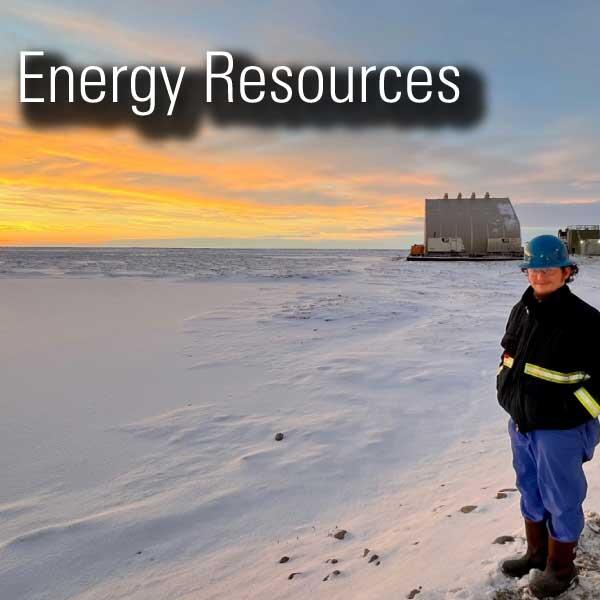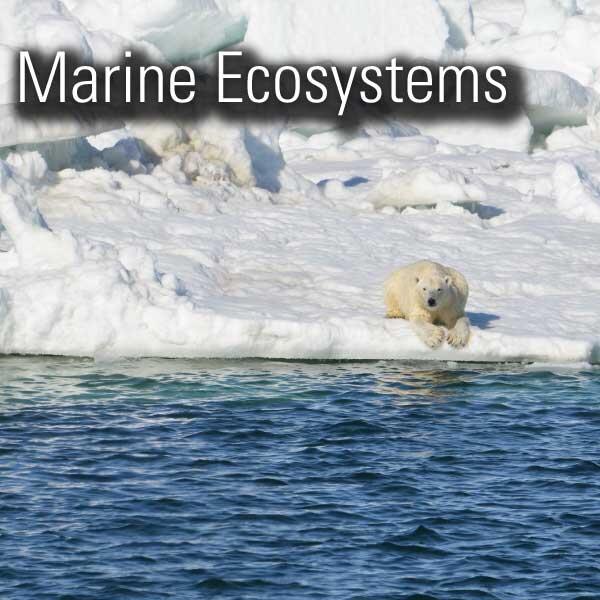Prince William Sound Landslide Hazards Project Overview
Prince William Sound Landslide Hazards Project OverviewThis video provides a brief overview of the Prince William Sound Landslide Hazards Project in Alaska. The video describes each of the congressional mandates that makes up the project tasks. This is the first video in a series about the project.










































